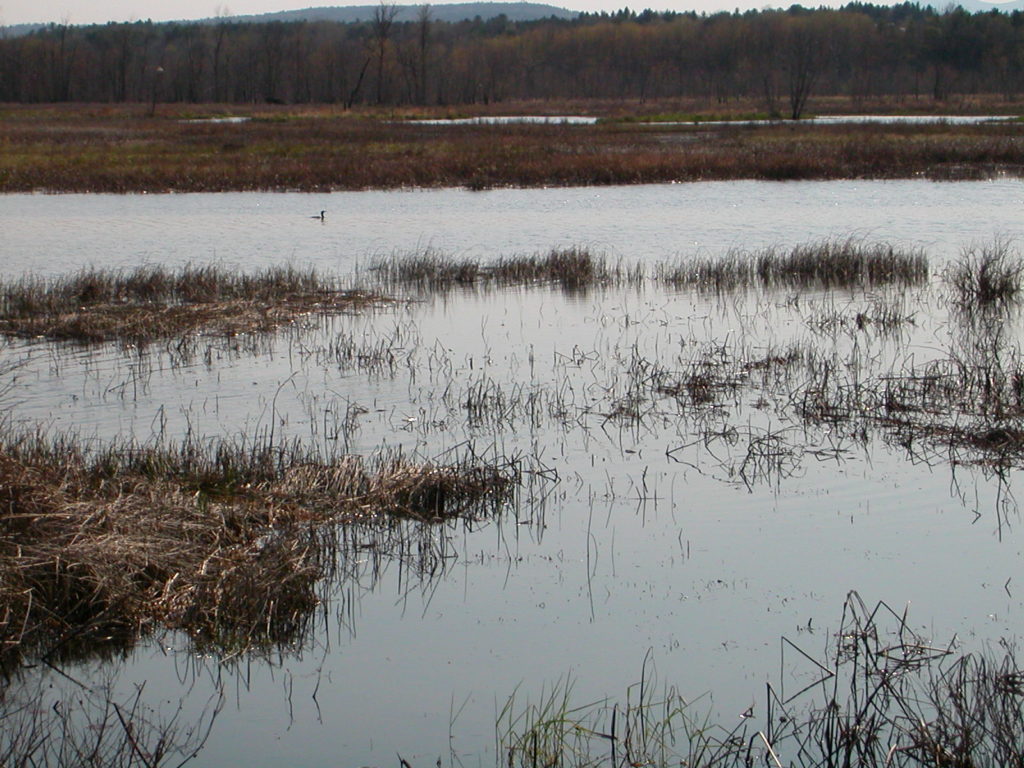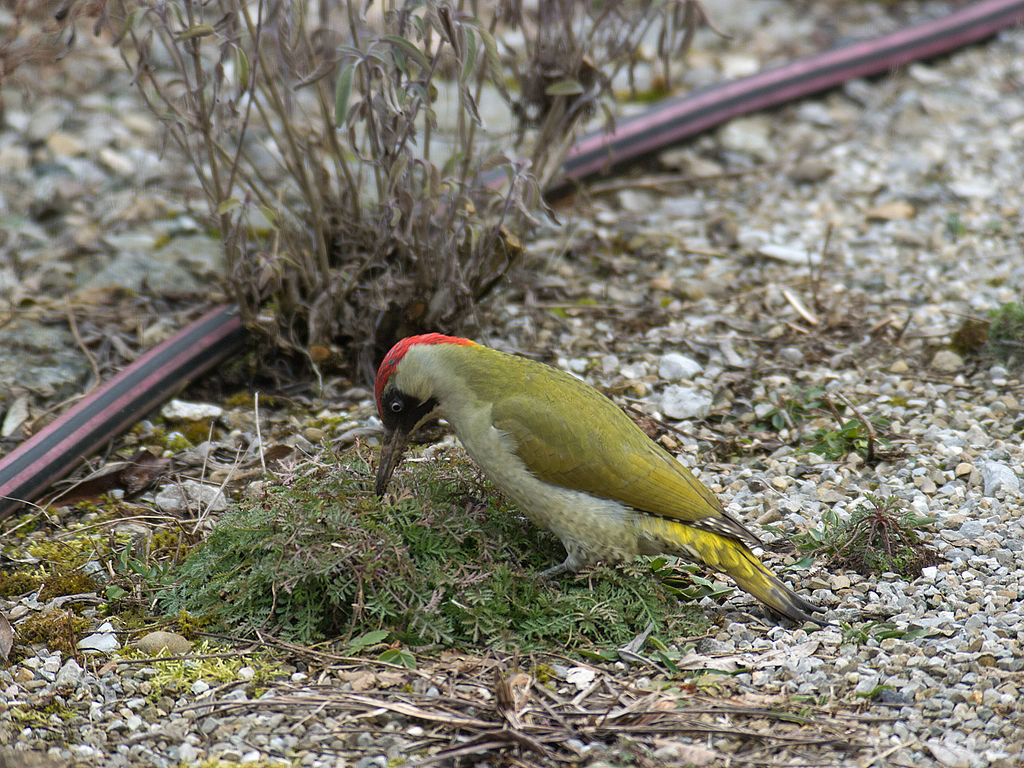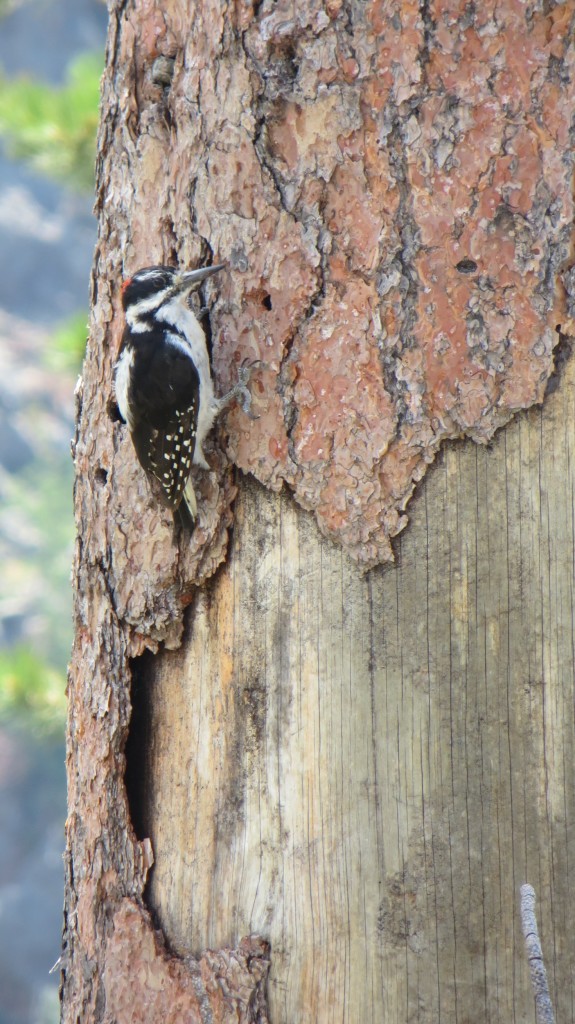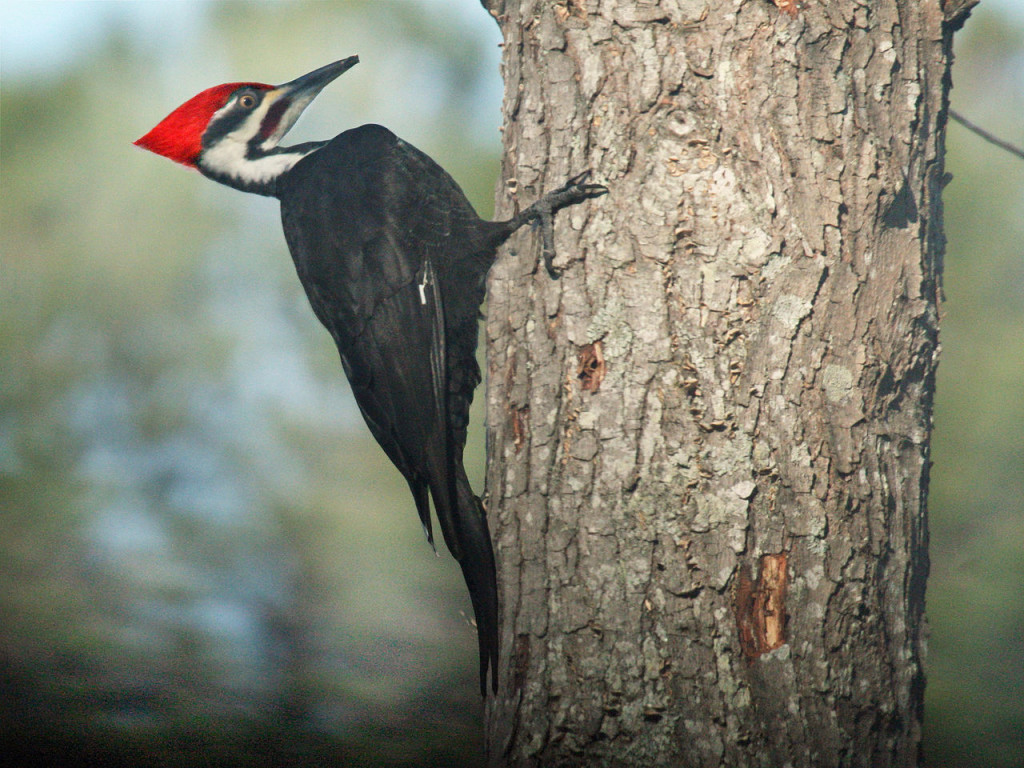
Mars is not the only Classical deity associated with the woodpecker. There is a hero named Picus, a son of Mars who is changed into a woodpecker by Circe, the witch of the Aegean. When he returns to his manly form he has acquired awesome powers of prophecy due to his ability to understand the speech of woodpeckers. Picus later becomes the father of Faunus, the Roman equivalent of the wilderness god Pan.
Alternately, Picus is the first king of the central Italian Peninsula and the son of Saturn. A female woodpecker lands on his head one day, and the Etruscan augur interprets this as a sign of a disastrous armed conflict for the country. Picus personally wrings the neck of the messenger bird, thereby diverting the misfortune onto himself. This self-sacrificing act is more in line with that of a tribal chieftain than a stereotypical king, indicating that this story goes quite a bit back in time.
Among female woodpeckers, there is a Greek deity named Dryope, whose name according to Robert Graves means “woodpecker.” She seems to be a type of dryad. In one story she is transformed into a Lotus Tree and in another into a Black Poplar. Both times she is trying to escape the dastardly clutches of the god Apollo, which is a theme associated with the usurpation of a goddess cult by the priests of Apollo. Dryope is the mother of the god Pan.










